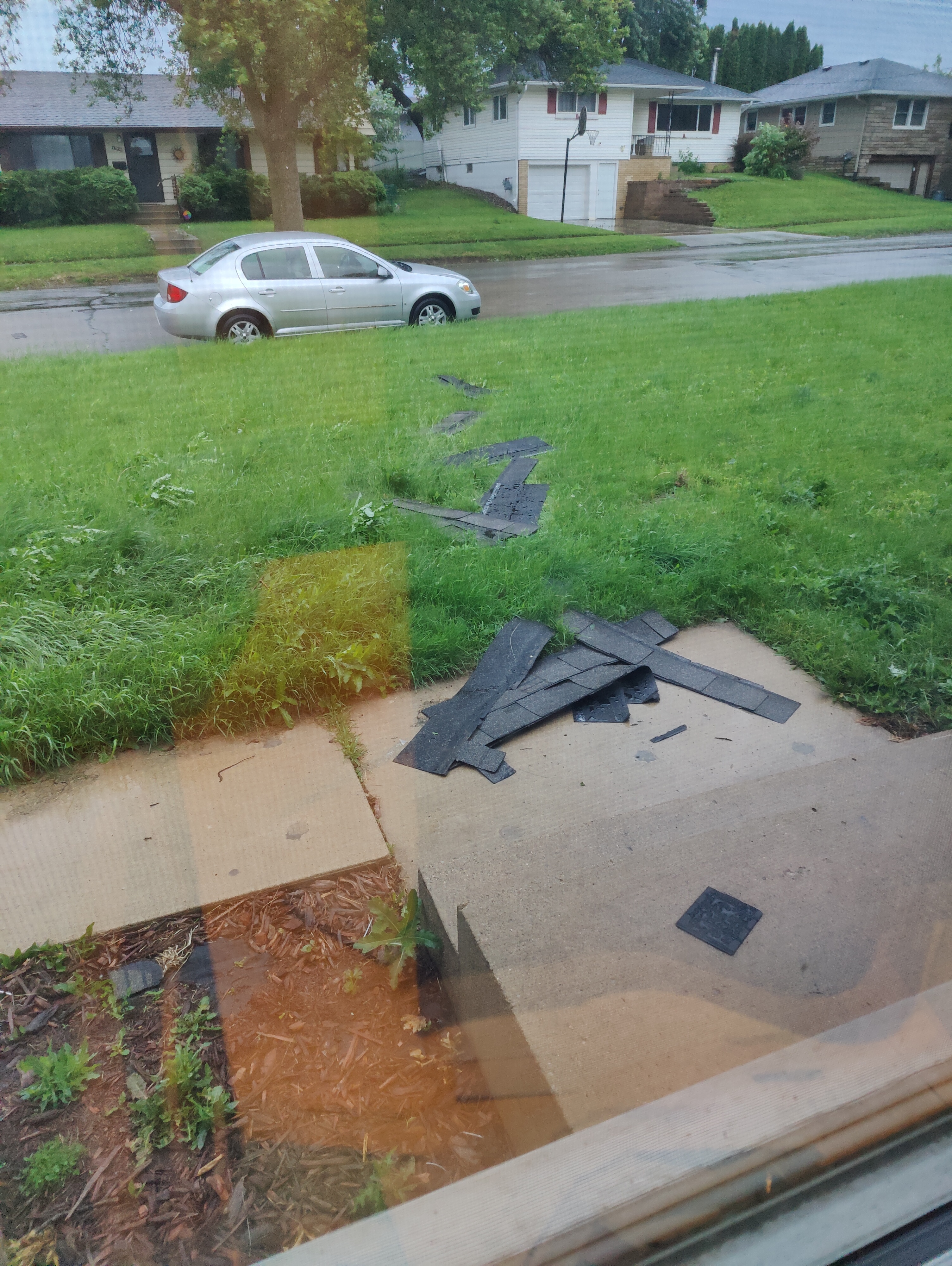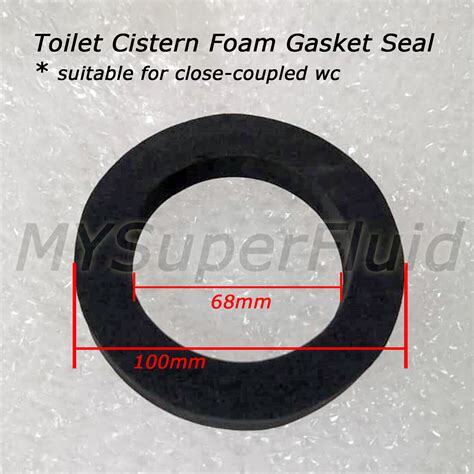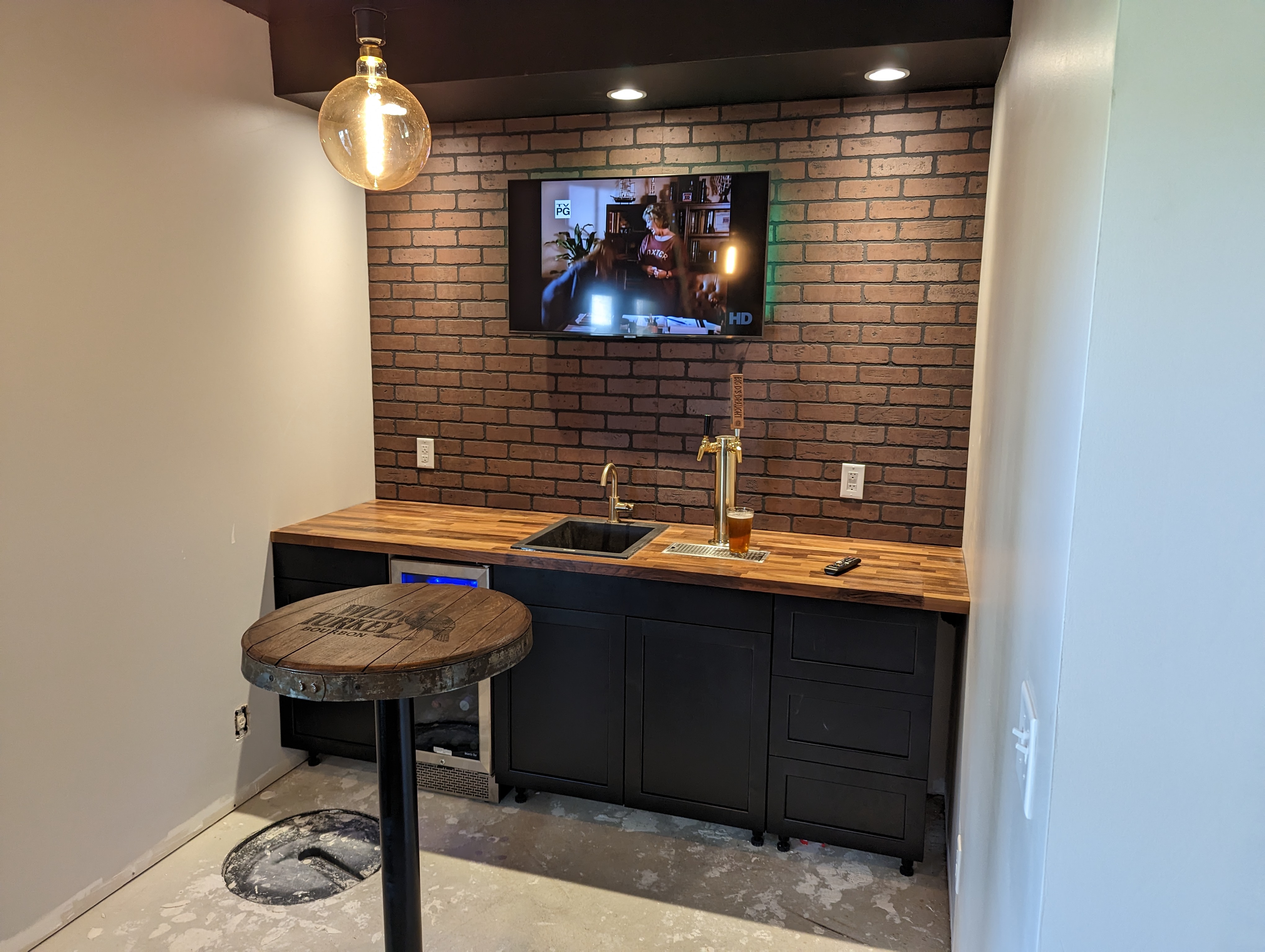The wash cycle is broken. Just after the tub fills, it does a high-speed 2 second spin, as fast as it can get in 2 sec before pausing. Then it pauses for at least a minute. Then it tries again, repeatedly. It’s really strange. Why would it try to do a high-speed spin with a tub full of water? Normally in the wash cycle it just spins very slowly in one direction, then changes direction periodically.
Whatever it’s doing, it gives up and the start button just blinks, which is apparently a blunt non-specific way to say there is a problem. I tried reducing the load to just a couple t-shirts for diagnosis and it still does this even with a nearly empty drum.
The manual does not list this behavior in the troubleshooting section. And I found no chatter about this behavior in web searches. This problem sounds similar but in their case it happens in the spin cycle. In my case it strangely happens in the wash cycle.
- Hand wash program (empty drum): it still tries a high-speed spin in the wash cycle. A hand-wash program should probably not even consider doing that.
- Spin program (empty drum): indeed there is a whole program just for spinning and draining. When I run it empty, it high-speed spins for 2 seconds and quits just like with the other programs. It looks like a perfect spin and sounds like it always has. It pauses for a minute then tries again, repeatedly.
~~Update: things just got worse. Now it will not do anything. Power on → start spin program (or any other program) and the start button just flashes. It’s detecting a fault of some kind without doing anything.~~ (edit: I forgot to turn the water back on after hooking back up, so the condition did not deteriorate… it’s back where it was [starts to spin then quits]).
I removed the back panel. Belt looks fine as far as I can tell. Removed the top cover. Springs are fine. Nothing looks unexpected. I pulled all the connectors off and re-sat them. Noticed a sticker dated 2009. Plugged it back in and same problem. Blinks like there is a fault and does nothing. The author of this post took various measurements. I have a multimeter but no idea what to check. I’m not even sure what one of the components is.
Apparently what I need most is the service manual at this point. Right to repair laws have been negotiated for the past 10 years and still nothing is enacted. It’s killing me. There should be an r2r infra in place by now so we can get manuals.


